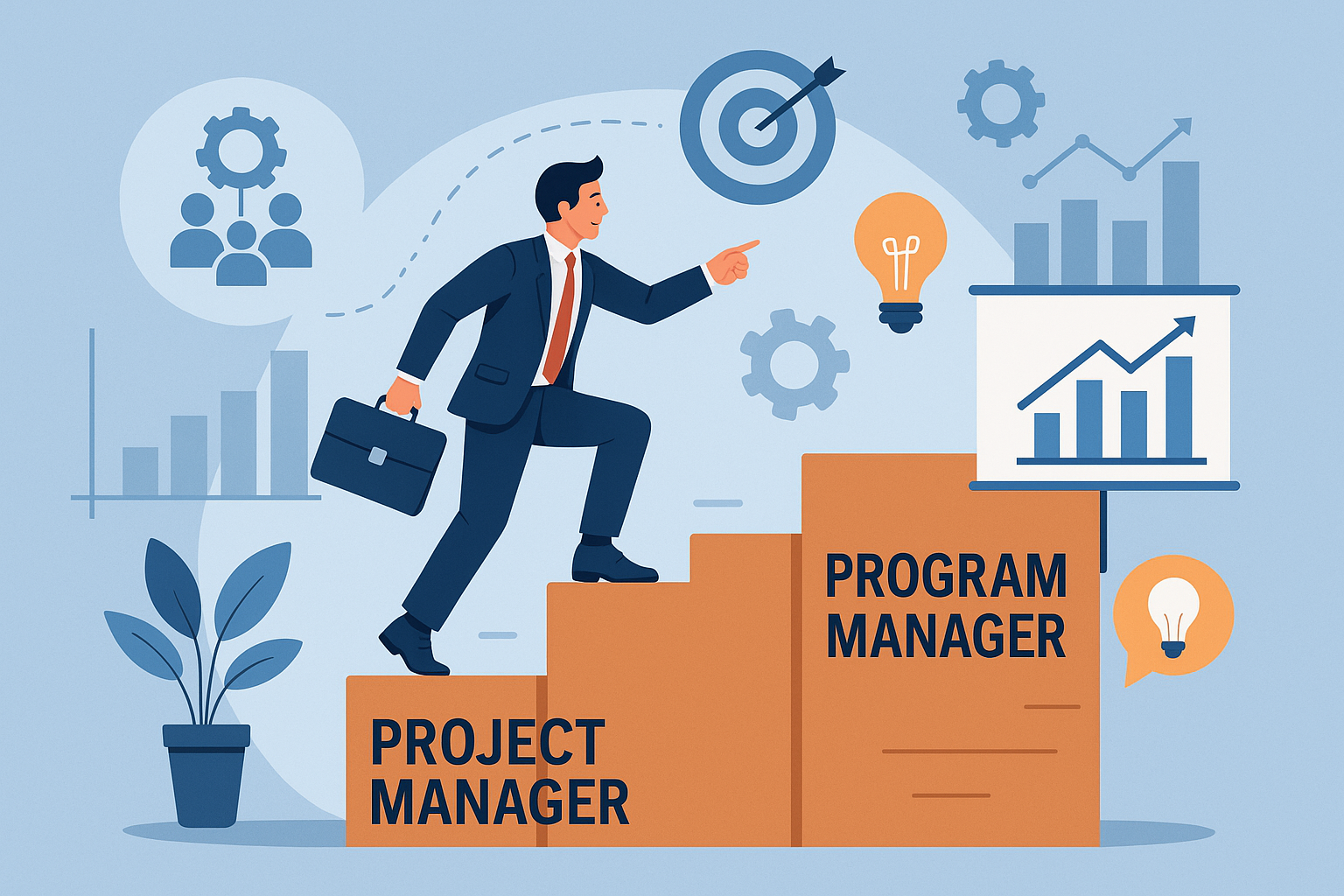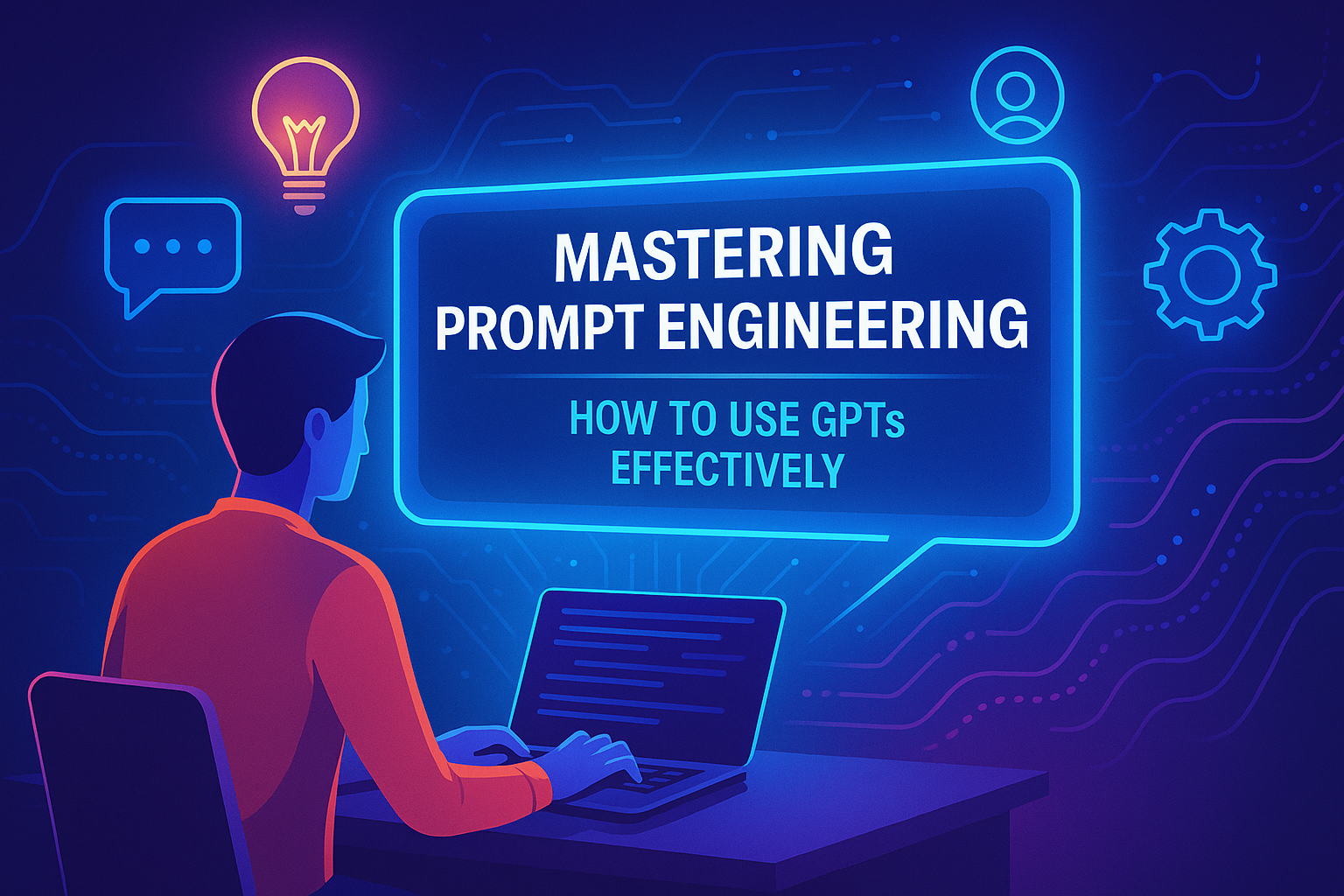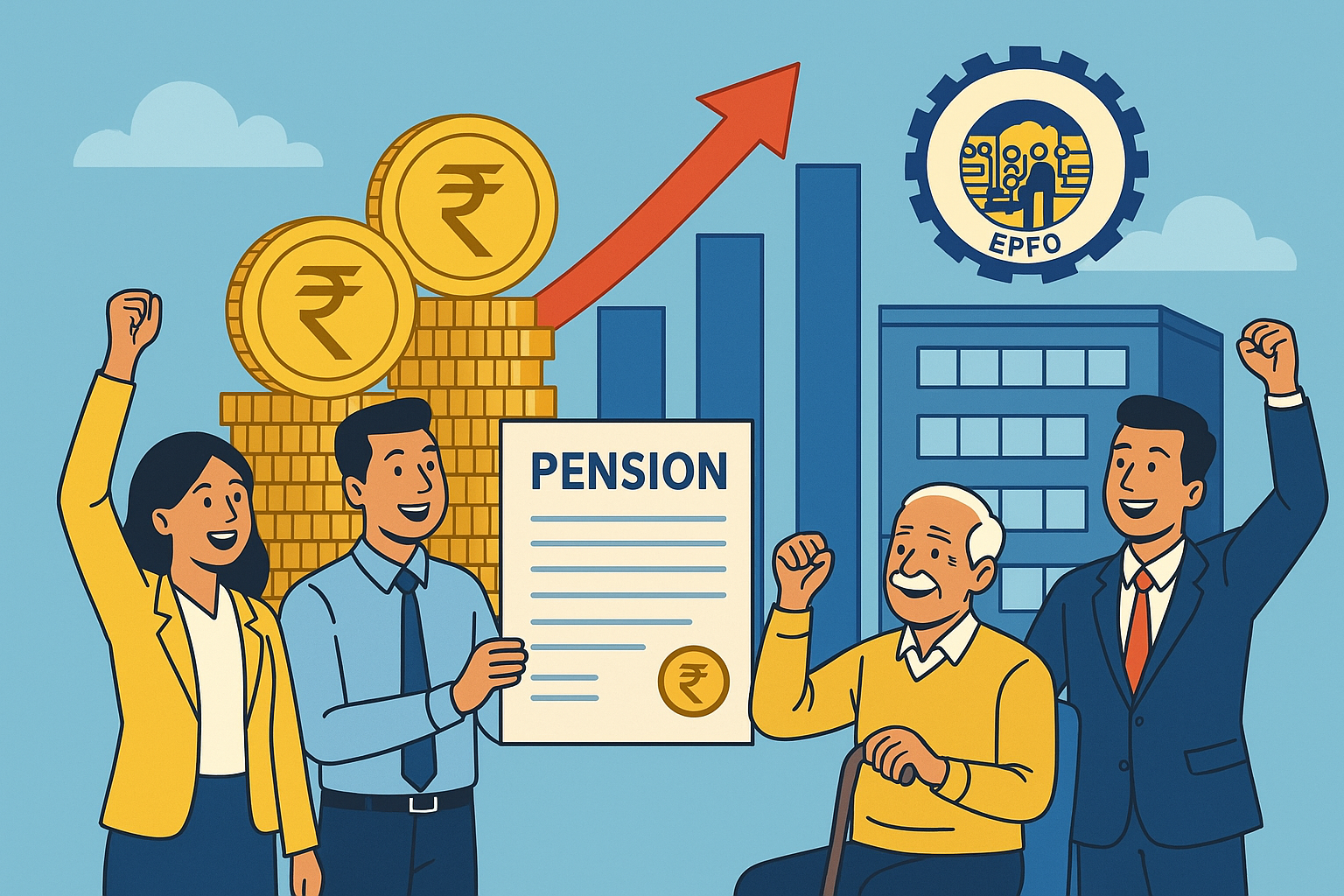From Selfies to Spirited Away: How ChatGPT’s Ghibli Effect Took Over Social Media
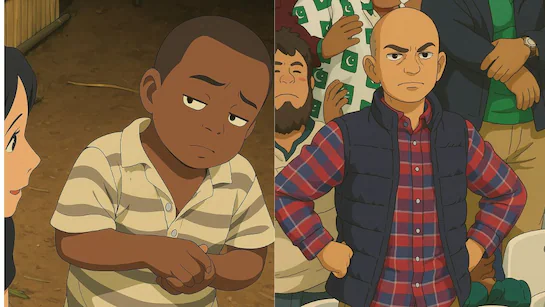
Picture this: your latest selfie transformed into a whimsical scene straight out of a Studio Ghibli film—soft watercolor landscapes, vibrant characters, and that signature dreamy glow. Sounds like magic, right? Well, it’s not a spell—it’s the latest AI innovation from ChatGPT, and it’s turning social media into an animated wonderland.
If you’ve scrolled through X lately and noticed a flood of colorful, hand-painted-style images, you’ve witnessed the Ghibli effect in action.
This viral trend, fueled by OpenAI’s GPT-4o image generation tool, lets anyone reimagine their photos as scenes from a Ghibli masterpiece. From pet portraits to childhood throwbacks, people are embracing this enchanting tech twist—and it’s easy to see why.
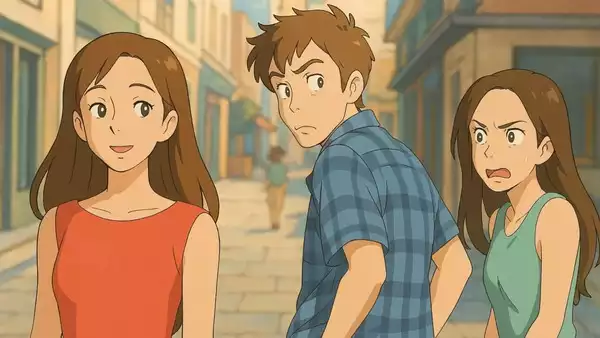
What’s Behind the Ghibli Effect?
The secret sauce is GPT-4o, OpenAI’s cutting-edge model that doesn’t just chat—it creates. Among its many talents, this AI can churn out artwork in various styles, but its Studio Ghibli-inspired transformations have stolen the show. The process is simple: upload a photo, type a prompt like “make this a Studio Ghibli scene,” and voilà—a magical, animated version of your image appears, ready to dazzle your followers.
Even OpenAI CEO Sam Altman couldn’t resist joining the fun, swapping his profile picture for a Ghibli-fied version of himself. That sparked a wildfire of creativity across platforms like X, where users began churning out everything from Ghibli-style movie stills to reimagined wedding photos. The result? A social media feed that feels like a portal to Hayao Miyazaki’s universe.
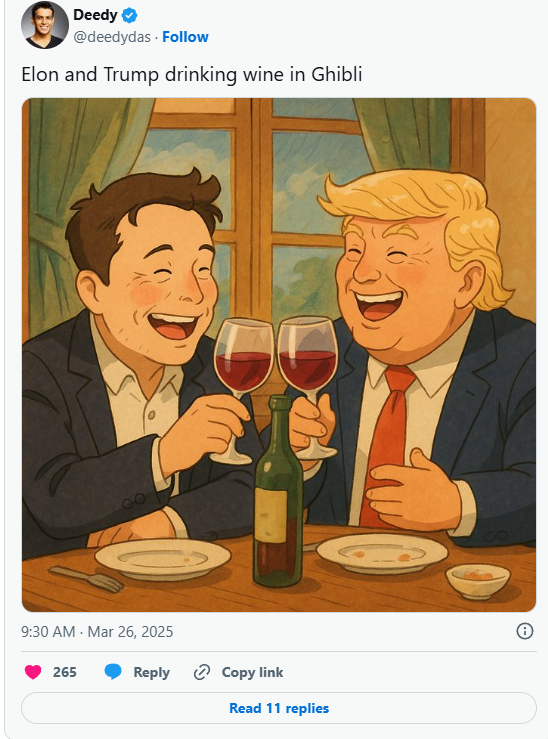
Studio Ghibli: The Inspiration That Started It All
For the uninitiated, Studio Ghibli isn’t some trendy AI invention—it’s a legendary Japanese animation studio with a legacy dating back to 1985. Founded by visionary filmmakers Hayao Miyazaki and Isao Takahata, Ghibli has gifted the world timeless classics like Spirited Away (2001), My Neighbor Totoro (1988), and Grave of the Fireflies (1988). Known for its breathtaking watercolor backgrounds, heartfelt storytelling, and expressive characters, Ghibli’s aesthetic is instantly recognizable—and now, thanks to AI, it’s within everyone’s reach.
A Trend That’s Ghibli-fying Everything
Once this craze took off, there was no turning back. Social media users started “Ghibli-fying” anything they could get their hands on—think adorable pets frolicking in enchanted forests, epic meme redraws, and even romantic proposal shots bathed in that signature Ghibli glow. Some of these AI creations are so spot-on, you’d swear they were plucked from an unreleased Miyazaki film.
Whether you’re a lifelong Ghibli fan or just hopping on the bandwagon, this trend adds a sprinkle of magic to the digital world. Who wouldn’t want to step into a Ghibli-inspired reality, even if it’s just through a screen?
The Catch: Restrictions and Alternatives
As the Ghibli effect soared in popularity, OpenAI’s servers felt the heat. The GPU overload prompted restrictions on uploading new images for transformation—though you can still generate Ghibli-style art from text prompts.
But don’t worry, the fun doesn’t stop there. If you’re itching to keep the trend alive using the below alternative tools like:
Why This Matters in 2025
The Ghibli effect isn’t just a fleeting fad—it’s a glimpse into how AI is reshaping creativity. By blending cutting-edge tech with beloved art styles, ChatGPT has unlocked a playground for imagination that’s accessible to all. So, next time you snap a photo, ask yourself: What would this look like in a Ghibli world? The answer might just be a prompt away.
Read more🌐 about latest Tech updates on out Technology Category Section
#GhibliEffect #ChatGPT #StudioGhibli #AIArt #TechTrends #GPT4o #SocialMediaTrends #OpenAI #GhibliStyle #ViralArt

